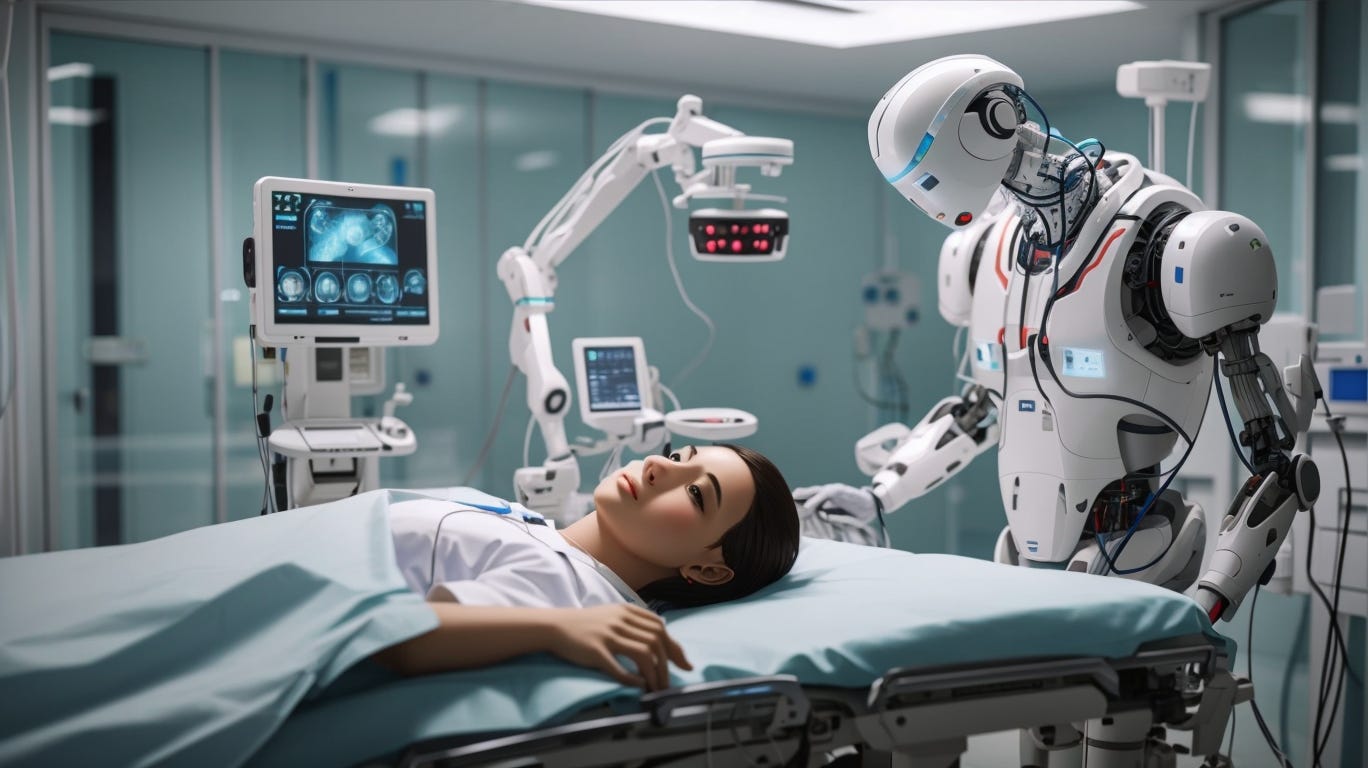A Graphics Processing Unit, also known as a GPU, is an essential component of any computer system that is used in the modern era. Rendering two-dimensional and three-dimensional animations, as well as images and videos, is its primary function. While performing these tasks, graphics processing units (GPUs) generate heat, just like any other component does. It is essential to monitor the GPU Temperature to maintain optimal performance and for the graphics card to last as long as possible. We are going to discuss the significance of keeping an eye on the temperature of the GPU in this blog post.
Importance of Monitoring GPU Temperature
The graphics processing unit, also known as the GPU, is the most important component of your gaming or multimedia experience. Visuals that are absolutely stunning and gameplay that is fluid are both results of its work. On the other hand, just like any other electronic device, it is susceptible to overheating when subjected to extended periods of extreme workload.
Thermal throttling is a phenomenon in which your graphics processing unit (GPU) automatically reduces its performance to protect itself from damage. A noticeable decrease in frame rates or even a crash of the system may occur as a consequence of this. Furthermore, excessive heat can result in a shorter lifespan for your graphics processing unit (GPU) and may also cause damage to other components within your system.
To ensure that your graphics processing unit (GPU) temperature remains within a safe range, it is essential to monitor it. By doing so, you will be able to avoid any potential problems and ensure that your system continues to function freely.
Methods to Monitor GPU Temperature
There are several ways to monitor your GPU temperature. Here are a few popular methods:
-
GPU Temperature Monitors
These are third-party software programs specifically designed to monitor various hardware components, including your GPU. Some popular options include MSI Afterburner, HWMonitor, and GPU-Z.
-
Integrated Monitoring Tools
Some GPUs come with built-in monitoring tools that display real-time temperature readings. You can access these tools through your GPU’s control panel or dedicated software.
-
BIOS/UEFI
Most modern motherboards allow you to view real-time temperature readings through the BIOS or UEFI interface. However, this method may not be as detailed as dedicated monitoring software.
-
Operating System Tools
Windows and macOS both have built-in tools that allow you to monitor system temperatures. In Windows, you can use the Task Manager or Command Prompt, while macOS users can rely on the Activity Monitor.
Understanding Safe GPU Temperature Range
Temperatures within the safe range for your graphics processing unit (GPU) can vary depending on the manufacturer and model. However, a general rule of thumb states that the ideal temperature range for your graphics processing unit (GPU) to operate at during normal use is between 65°C (149°F) and 75°C (167°F). The temperature can reach approximately 85 degrees Celsius (185 degrees Fahrenheit) when the system is subjected to heavy load, such as when gaming or rendering.
Temperatures that are higher than 90 degrees Celsius (194 degrees Fahrenheit) are regarded as unsafe and have the potential to cause thermal throttling or damage to hardware. Keeping your graphics processing unit (GPU) temperature within a safe range requires that you monitor it on a regular basis and take the necessary precautions.
Impact of High GPU Temperature
Increasing the temperature of your graphics processing unit (GPU) can result in thermal throttling, which reduces the performance of your GPU in order to protect it from damage. As a consequence, this may lead to a discernible decrease in frame rates or instability within the system.
Prolonged exposure to high temperatures can also cause the following issues:
-
Reduced Lifespan
Excessive heat can shorten the lifespan of your GPU and other components in your system. The heat can cause the components to wear out faster, leading to eventual failure.
-
Component Damage
Overheating can cause damage to your GPU’s components, such as the capacitors, coils, and transistors. This can result in a variety of issues, including artifacts, crashes, and even complete system failure.
-
System Instability
High GPU temperatures can cause your system to become unstable, leading to random crashes, freezes, or blue screens of death.
Tips to Lower GPU Temperature
Now that you understand the importance of monitoring and maintaining a safe GPU temperature, let’s discuss some tips to help you keep your GPU cool:
-
Clean Your System
The accumulation of dust can obstruct the flow of air, which can lead to your system overheating. It is important to clean the interior of your system on a regular basis and check that all of the fans are operating correctly.
-
Optimize Airflow
To keep the GPU temperatures at their optimal level, proper airflow is absolutely necessary. Make certain that the case of your system has enough airflow, and if additional case fans are required, you should think about installing them.
-
Use a Custom Cooling Solution
If you’re an avid gamer or enthusiast, consider investing in a custom cooling solution, such as an all-in-one liquid cooler or a custom water cooling loop. These solutions can provide significantly better cooling performance than stock coolers.
-
Adjust Power Settings
Some GPUs allow you to adjust power settings, which can help reduce heat output. Lowering the GPU’s clock speed and voltage can result in lower temperatures, albeit at the cost of reduced performance.
-
Undervolting
Undervolting your GPU can help reduce power consumption and heat output. This process involves lowering the GPU’s voltage while maintaining the same clock speed, resulting in a cooler and more efficient system.
Conclusion
Your graphics processing unit (GPU) temperature must be monitored and kept at a safe level in order to ensure the health and longevity of your system. By using the techniques described in this blog, you will be able to monitor the temperature of your graphics processing unit (GPU) and take the necessary steps to ensure that it remains within a safe range. It is important to remember to clean your system, to optimize the flow of air, and to consider purchasing a customized cooling solution if it is required.
If you want to learn more about GPU Temprature, visit Direct Macro for the best information.







